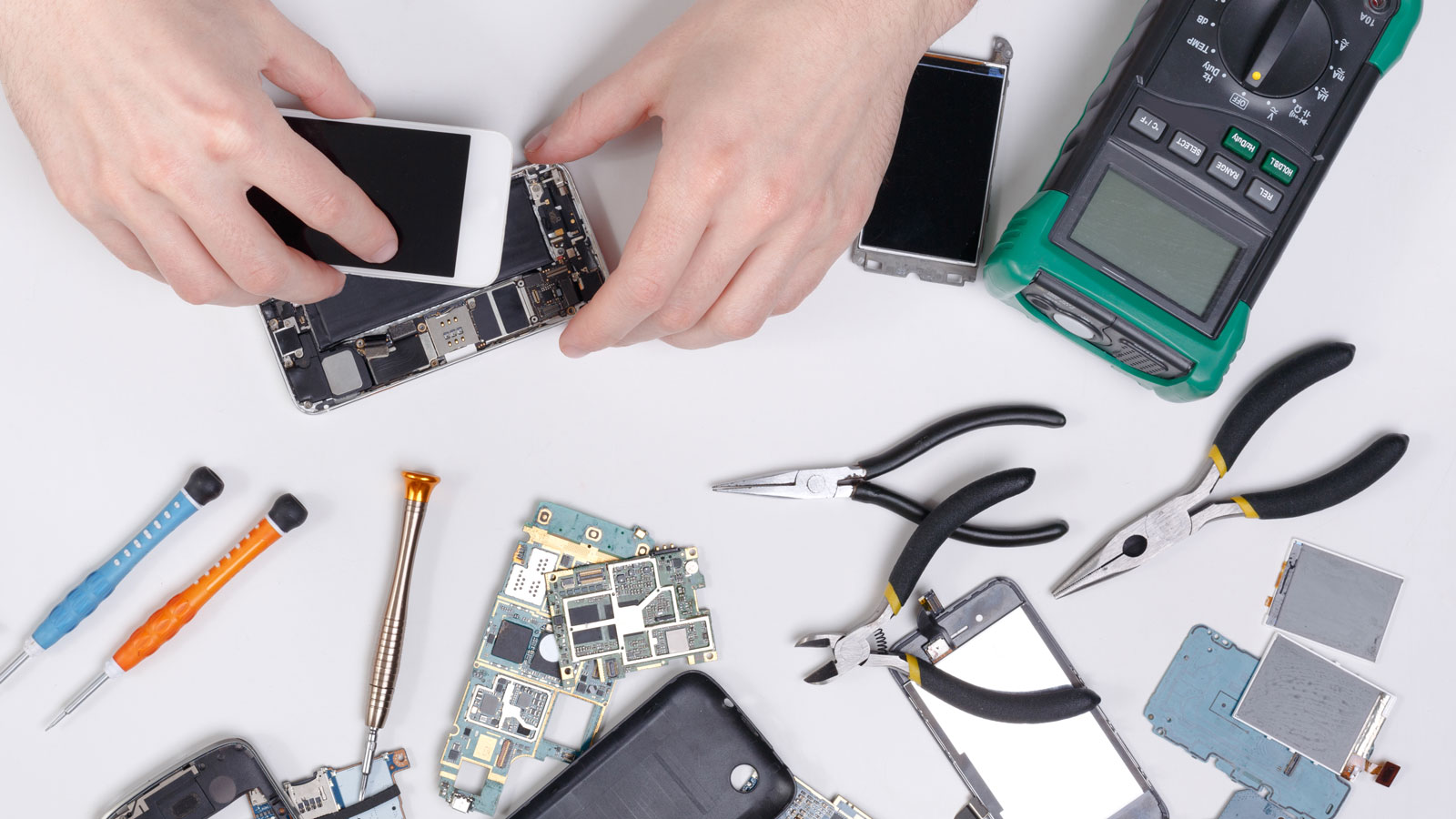
Understanding the Problem
Smartphones store our memories, contacts, and essential information. However, accidents can happen, and a broken screen can leave you in a precarious situation. When your Android phone's screen is broken, accessing the device directly becomes challenging. Traditional methods of data recovery, such as using the phone's interface, become impossible. Specialized tools can bypass these limitations and help you recover your data.
Types of Broken Screens
Different types of broken screens require different approaches to data recovery:
- Black Screen: The phone's system is crashed or frozen, preventing it from turning on.
- Cracked Screen: Physical damage to the screen, but the phone's system might still be operational.
- Non-Responsive Screen: The screen is unresponsive, making it difficult to interact with the device.
Tools for Data Recovery
Several tools can help recover data from a broken Android phone. Here are some of the most effective ones:
Broken Android Data Recovery
This tool is specifically designed to recover data from broken Android phones. It supports a wide range of devices and can extract various types of data, including contacts, SMS, call history, photos, videos, music, and WhatsApp chats.
Key Features:
- Recover data from broken screens effortlessly.
- Rescue content from internal storage or SD card.
- Fix frozen, crashed, black, or locked screens.
- Works for most Galaxy S, Galaxy Note, and Galaxy Tab devices.
Steps to Use:
- Connect your broken phone to a PC via a USB cable.
- Enable USB debugging on your broken Android phone.
- Select the proper data recovery mode based on your phone's issue.
- Match your device info with the program.
- Follow the on-screen prompts to enter download mode. The software will download a repair package to fix your phone's issue so that it can scan out the existing data.
- After fixing the issue, the program will conduct a scanning process. Choose the data you wish to extract and click the "Recover" button to save them on your desktop computer.
DroidKit
DroidKit is another powerful tool designed to mirror a broken Android screen on a PC without needing USB debugging. It supports various types of data recovery, including contacts, photos, WhatsApp messages, call history, and documents.
Key Features:
- Mirror broken screen on PC.
- Recover data even if USB debugging is turned off or disabled.
- Supports Samsung, Huawei, Xiaomi, Google Pixel, and other Android phones.
Steps to Use:
- Download and run DroidKit on your PC.
- Connect your device via a USB cable.
- Select "From System Crashed Device" mode.
- Select all the data you wish to restore and hit the "Start" button.
- Put your Android device into recovery mode by following the on-screen instructions.
- Find and enter the PDA code of your Samsung device and allow the software to download firmware.
- Once the firmware package is downloaded, click on the "Fix Now" button and put your Android device in download mode.
- Connect your device with the PC again via a USB cable and hit the "Next" button. Once the scanning process is completed, you can preview the data and choose the data scanned out to extract.
FoneLab
FoneLab is a versatile tool that supports recovering data from various types of broken Android devices. It can fix frozen, crashed, black-screen, or screen-locked Android systems and extract contacts, messages, WhatsApp, photos, etc.
Key Features:
- Fix broken Android systems.
- Extract specific data from SD cards or devices selectively.
- Supports Samsung Galaxy series including Tab Pro and Note series.
Steps to Use:
- Download and install FoneLab on your computer.
- Connect your broken Android device to your computer via a USB cable.
- Choose "Broken Android Data Extraction" from the software.
- Select and confirm your device information.
- Follow the on-screen instructions to enter download mode.
- After entering download mode, the software will scan your device and allow you to preview the data. Choose the data you wish to extract.
Additional Methods
Besides using specialized tools, other methods can help recover data from a broken Android phone:
Using ADB Command Line Interface
If your Android device has enabled USB debugging, you can use the ADB command line interface to recover data. ADB (Android Debug Bridge) allows communication with Android devices through your computer.
Steps to Use:
- Install the ADB tool on your computer.
- Enable USB debugging on your broken Android phone.
- Connect your device via a USB cable.
- Execute the corresponding commands through the command line to access and backup data.
Using Samsung Smart Switch
If you have previously backed up your Android phone using Samsung Smart Switch, you can recover your data by restoring the backup.
Steps to Use:
- Open the Samsung Smart Switch application on your computer.
- Once the application recognizes your device, you will see an interface showing your device's details and several options.
- Click on the "Restore" button in Smart Switch.
- If you have multiple backups available, choose which backup you wish to restore from.
- Click on the "Restore now" button and follow the on-screen instructions to complete the restoration process.
Recovering data from a broken Android phone is possible with the right tools and methods. Whether your phone has a black screen, cracked screen, or non-responsive screen, specialized tools can help you extract your valuable information. By following the steps outlined above using tools like Broken Android Data Recovery, DroidKit, FoneLab, and other methods such as using ADB command line interface or Samsung Smart Switch, you can successfully recover your data and restore your device to its normal functioning state.
Regularly backing up your data can help avoid such situations in the future. With these tools and methods at your disposal, you can breathe a sigh of relief knowing that your data is recoverable even in the most critical situations.
